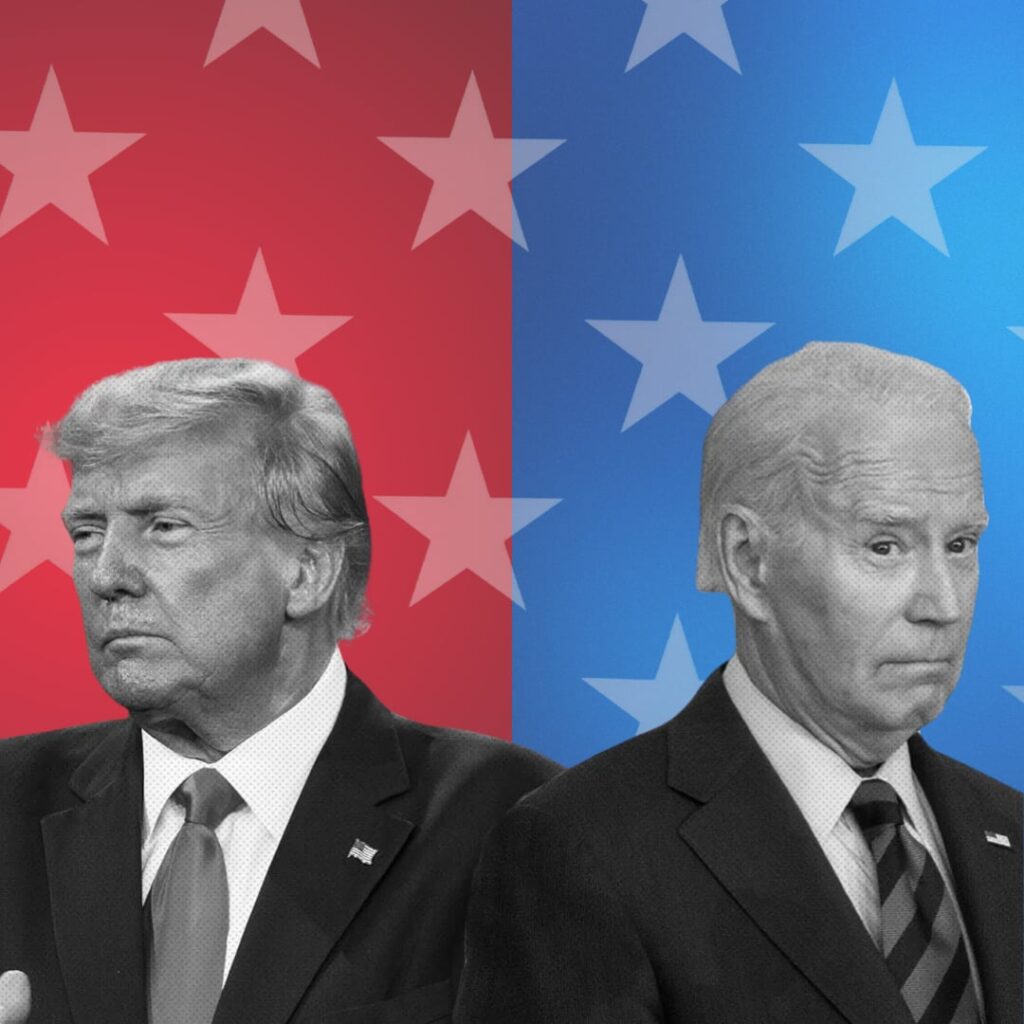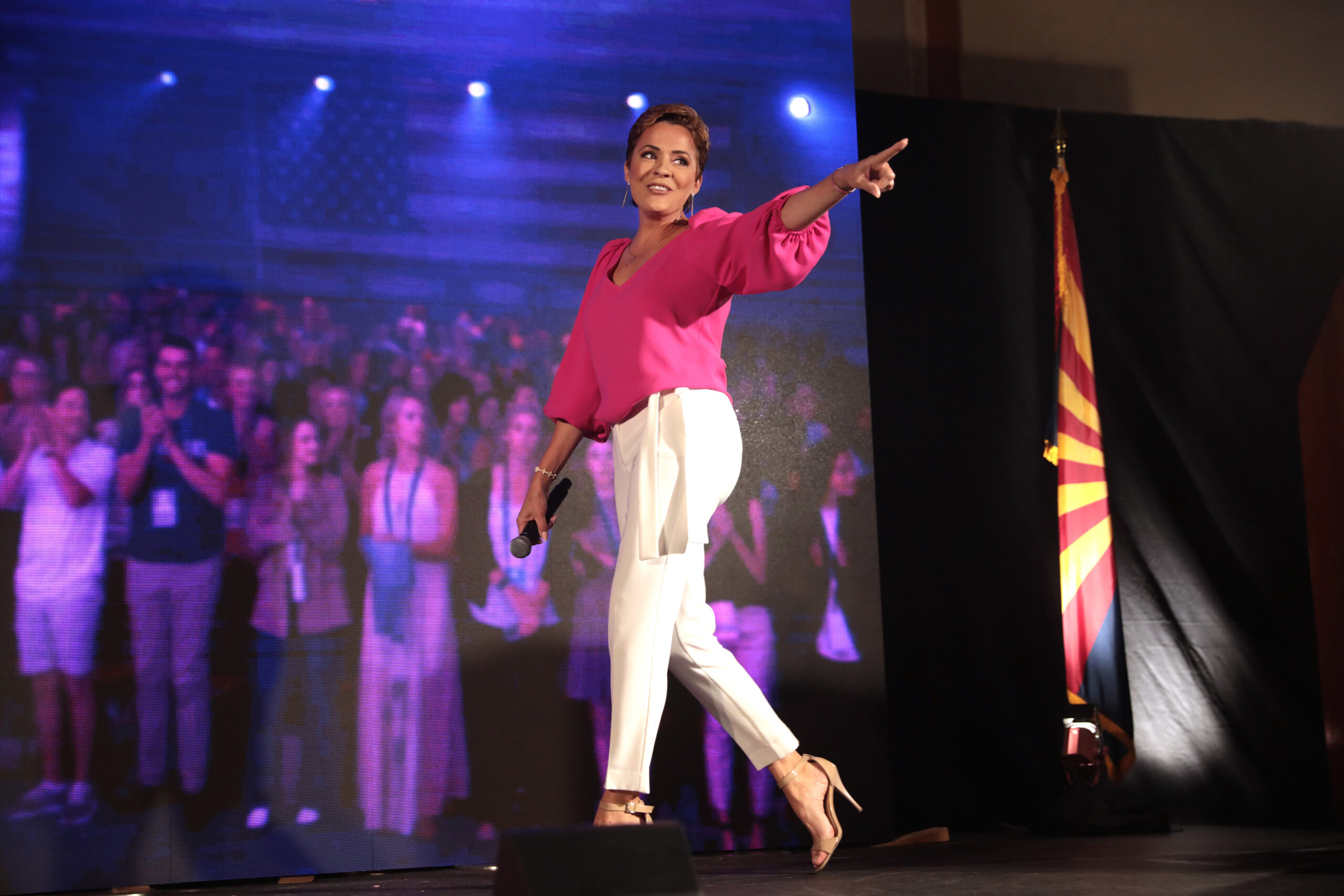Jay’s top 10 scary movies to watch this Halloween season.
5. The Strangers

It’s nearly midnight, and as the lights dim, we’re plunged into the all-too-familiar, but always chilling realm of home invasion, a genre that, when done right, makes us second-guess every creak and groan in our own homes. The Strangers does not merely knock on this door, but breaks it down with a sledgehammer of unnerving tension.
The premise is deceptively simple: a couple, played by Liv Tyler and Scott Speedman, isolated in a vacation home, become the targets of three masked strangers. A relatively blank canvas for director Bryan Bertino. He doesn’t overload it with gore or the fantastical. Instead, he paints with a palette of dread, of unseen shadows and half-glimpsed figures. It’s the art of anticipation, and it’s undeniably excruciating.
Now, some may argue that we’ve been down this creaky hallway too many times. Why rehash the terror of home invasions when films like Funny Games have already unnerved us so? But there’s an elegance to The Strangers that’s hard to dismiss. Bertino seems to understand that the true horror isn’t in the act itself but in its quiet buildup. The prolonged moments where Tyler’s character senses something isn’t quite right – the record player that skips, the fleeting figures outside the window, the chilling “Is Tamara home?” – those are the beats that set our pulse racing.
Yet, for all its craft, The Strangers does raise a nagging question: why? Why do these masked marauders torment this couple? And here, in its lack of answers, the film mirrors the existential void. It’s not about the ‘why,’ it seems to whisper, but the ‘what.’ What would you do?
Liv Tyler conveys a vulnerability that’s palpable. We’re with her, every breath, every scream. And Speedman, though sometimes fading into the backdrop, holds his own.
However, in the end, The Strangers is more than the sum of its jolts and screams. It’s a reminder of the fragility of safety, of the thin veneer that separates civilization from chaos. And in that, it doesn’t just unsettle, it haunts.
.5
4. The Conjuring

As the theater darkens, James Wan’s The Conjuring invites us not just into a haunted house but into a veritable funhouse of old-school horror tropes. You might think: another haunted house film? But don’t let familiarity breed contempt just yet. This isn’t merely a retread of the creaking floorboards and fleeting specters we’ve seen before. No, Wan crafts something that resonates with the jangling nerves of our collective psyche.
Right off the bat, we’re introduced to Ed and Lorraine Warren, real-life paranormal investigators, portrayed with conviction by Patrick Wilson and Vera Farmiga. Their presence adds a sheen of authenticity. We’re not just traversing the well-worn paths of ghostly folklore; we’re diving into ‘real’ case files. Whether you’re a skeptic or a believer, there’s a tickling, almost devilish delight in that.
The film’s setting, a sprawling, eerie farmhouse, becomes a character in its own right. Its corridors whisper secrets, its basements hide unspeakable horrors, and Wan? Well, he’s the puppet master, pulling the strings with meticulous care. There’s an orchestration to the scares here, a crescendo of dread that doesn’t just go for the cheap jump but for the lingering chill down the spine.
Yet, it’s not just the supernatural that captivates. The human element, the family, the bond between the Warrens, grounds The Conjuring in a tangible reality. It’s this juxtaposition of the otherworldly with the intimately familiar that makes the film more than a mere spook show.
But as with all tales of terror, there are moments where disbelief must be suspended. The genre demands it. And while some sequences may border on the theatrical, they’re rendered with such earnestness that it feels almost churlish to nitpick.
In an era where horror often confuses gore with genuine fright, The Conjuring is a welcome return to form, a love letter to a time when horror was as much about the unseen as the seen, the unsaid as the said.
3. The Exorcist

In the annals of horror, few films have ever commanded the screen with the same ferocious intensity as William Friedkin’s The Exorcist. From the unsettling opening in the deserts of Northern Iraq to the jarring, cacophonous streets of Georgetown, this is not just another demonic possession film, this is the possession film, a veritable symphony of terror.
It starts not with a bang, but with a whisper, a hint of something ancient and evil stirring. Enter young Regan MacNeil, played with immense authenticity by Linda Blair. What starts as childlike mischief, Ouija boards and imaginary friends, swiftly descends into the malevolent. It’s not just the bed shaking or the foul language; it’s the complete and utter transformation of innocence into something profoundly unsettling.
Ellen Burstyn, as Regan’s mother Chris, provides the film’s beating heart, a maternal force trying to comprehend the incomprehensible. And then there’s Max von Sydow’s Father Merrin, a man who’s battled this particular demon before, and Jason Miller’s Father Karras, struggling with his faith even as he confronts the embodiment of evil.
What elevates The Exorcist beyond mere shock value is its impeccable craftsmanship. Friedkin doesn’t just want to scare us; he wants to delve deep into our psyche, questioning faith, mortality, and the nature of evil itself. The use of Mike Oldfield’s “Tubular Bells” is genius, not overtly horrific, but eerily discordant, hinting at the disturbance lurking beneath.
There’s a sense of inevitability in The Exorcist. A slow, inexorable march towards a confrontation that’s as much about the human soul as it is about demonic possession. By the time we reach that chilling exorcism scene, with its swirling mists and ancient rites, we’re not just spectators; we’re participants, bearing witness to a battle as old as time itself.
Critics may argue about the film’s more visceral elements, pea soup, rotating heads, and such. But The Exorcist is more than its infamous scenes. It’s a meditation on the battle between good and evil, faith and doubt. It’s a film that, like the demon Pazuzu, lingers long after the credits roll, a nightmarish reverie that challenges, provokes, and yes, terrifies.
2. The Witch

There’s a lingering unease that permeates every frame of Robert Eggers’ directorial debut, The Witch. Set in 17th century New England, we’re not merely in the realm of folktales here; we’re thrust into the very heart of darkness, the fearful landscape of human paranoia and the occult.
From the outset, we’re isolated, both geographically and emotionally, with a devout family banished from their community. The vast, ominous woods that encroach upon their homestead stand not just as a physical boundary but a metaphysical one. What’s out there? Eggers tantalizingly lets the shadows play, allowing our imaginations to become accomplices in the terror.
It’s rare for a film to capture the era with such visceral authenticity. The dialogue, dense with archaic language, might feel alienating, but instead it draws us deeper into the narrative, grounding the supernatural elements in a world that feels startlingly real. And then there’s the score, a dissonant, unsettling symphony that builds the film’s sense of dread.
But, at its heart, The Witch is a story of a family unraveling. Anya Taylor-Joy’s Thomasin emerges as the film’s anchor, a young woman grappling with burgeoning womanhood amidst the maelstrom of suspicion and fear. Her performance is both vulnerable and defiant, embodying the complex intersection of faith, sexuality, and autonomy.
Some might argue that The Witch is slow, a simmering pot that takes its time to boil. But that’s precisely where its potency lies. It’s not in-your-face horror; it’s a creeping dread, the kind that settles in the pit of your stomach and refuses to let go. By the time we reach the film’s audacious climax, we’re left not just with jump scares but with haunting questions about the nature of evil, freedom, and societal oppression.
The Witch is not for the faint of heart. It’s a meticulously crafted descent into the abyss, a chilling reminder that sometimes the monsters aren’t out there in the woods; they’re within us, whispering insidiously in the darkest corners of our psyche.
1. Hereditary

Ari Aster’s Hereditary isn’t just another entry in the horror genre, it’s a visceral symphony of familial discord, grief, and the dark shadows of inheritance. Right from its unsettling opening, which takes us on a voyeuristic journey into a dollhouse that mimics the real world, we’re thrust into an atmosphere thick with dread.
Toni Collette’s performance as Annie is nothing short of masterful. She lays bare the agonizing spectrum of maternal emotions, from loving to resentful, protective to accusatory. Through her, we explore the layers of trauma, mental illness, and secrets that hang over the Graham family like a persistent, malevolent cloud.
But Hereditary is more than its narrative. It’s about the unease. The way the camera lingers just a second too long, creating an unsettling anticipation. The spine-chilling sound design, where a simple cluck becomes a harbinger of doom. The disorienting shifts between reality and the macabre, where dream sequences aren’t an escape but a deeper plunge into the nightmare.
There will be those who say Aster relies too heavily on the shock factor, especially as we move towards the film’s fiery climax. But isn’t that the essence of horror? To jolt us out of our comfort zones, to make us question the very nature of our reality? And Aster does so not with cheap thrills, but by diving deep into the familial psyche, examining the inherited traumas and the legacies we can’t escape.
Milly Shapiro, as the peculiar Charlie, delivers a performance that’s both eerie and tragic. Her presence, underscored by that haunting, almost otherworldly gaze, serves as the film’s dark heart. And Alex Wolff’s portrayal of the teenage son, Peter, adds another layer of anguish, capturing the essence of a young man trapped in a decaying family structure.
Hereditary doesn’t just scare; it’s ceaseless, like a haunting refrain that plays on an endless loop. It’s a grim dance with destiny, a chilling exploration of the skeletons in our familial closets. Aster doesn’t merely ask us to witness horror, he compels us to feel it, to confront the shadows that lurk in our own lineage.
Ranking System
I rank all of my movies out of 5 , because I love movies and I love elephants.





